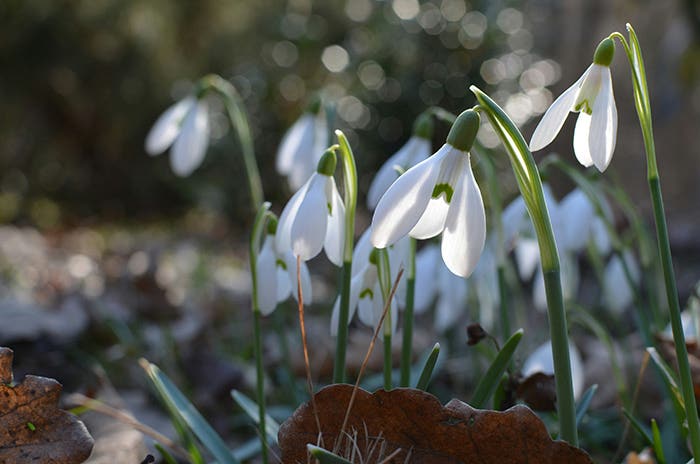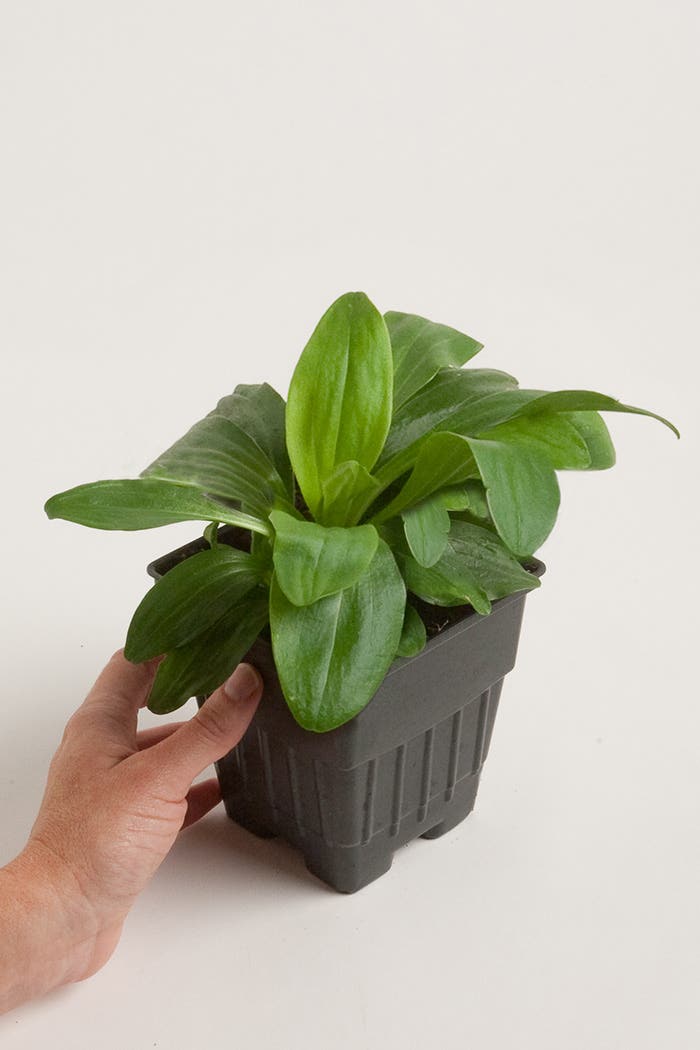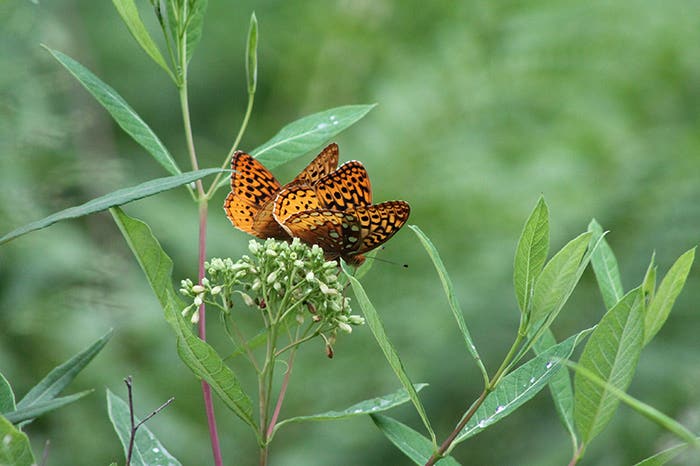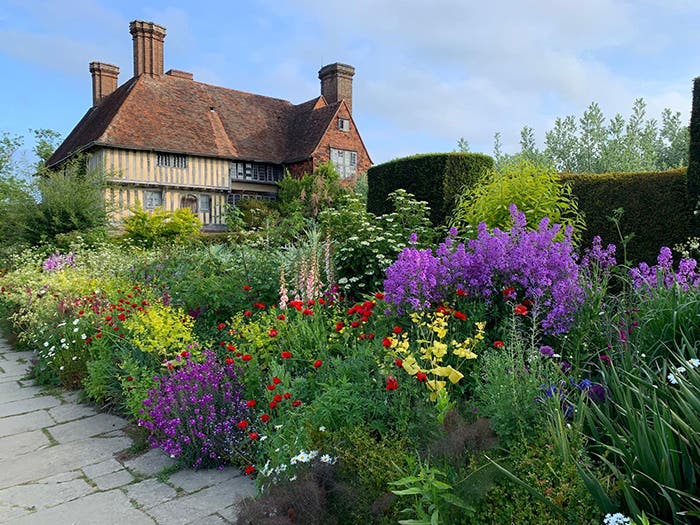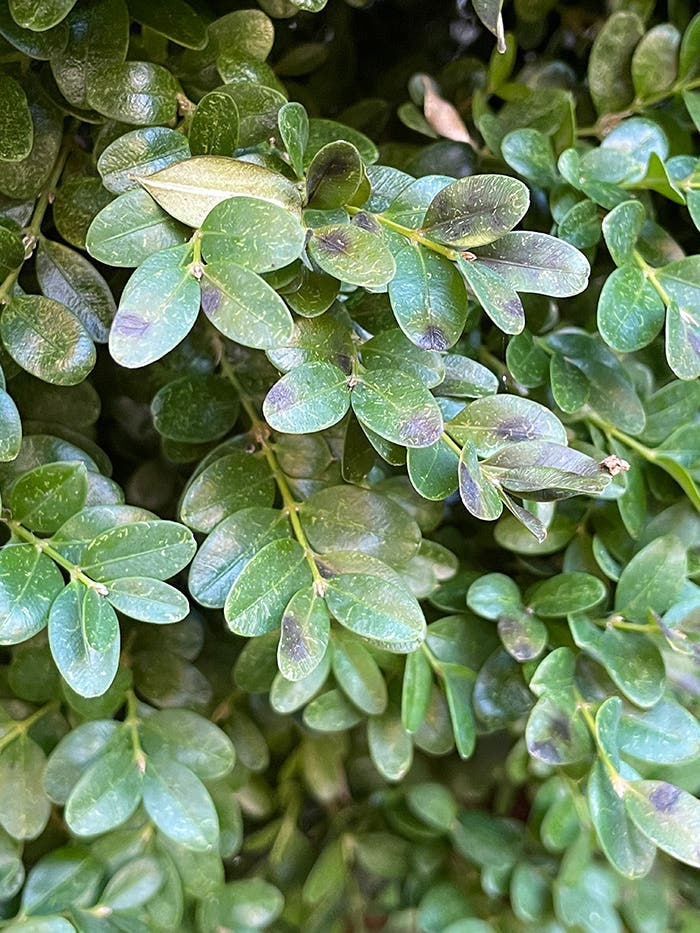Kids Gardening Ideas: 5 Simple Projects
Plantsman Daniel Hinkley offers these 5 simple activities to get kids excited about plants and gardening. They’re how he got started!
First, a disclaimer: I don’t have kids of my own (though I must say, I believe that having two goldendoodles under the age of three should fully grant the privileges of parenthood). But let it be said, too, that I love kids and especially those who have developed their natural curiosity of all things. I applaud the parents who have instilled that curiosity and tended to its development.
My own parents were busy, as most parents who work as well as rear four children are. Yet somehow they found time to guide me to simple things that, in retrospect, led me into my pursuits and passions. The simple things I witnessed at age four possessed all of the magic necessary to make me ask another question. If I had children today, there are five simple things I would have them do, identical to the things I did six decades ago.
1. Root a willow branch
My siblings and I would spend a few spring and summer days each year with my maternal grandparents on the shores of northern Lake Michigan. In their yard grew an enormous specimen (most trees, it seems, are quite enormous to three year olds) of the weeping willow, Salix babylonica. My granddad told me that I could have my very own by breaking off a branch and taking it home. Sure, I thought, and perhaps I can cut in two your baseball signed by Babe Ruth and the two pieces will just grow whole again. (I was not nearly as dumb at three as I appear today.) We went home with long branches of willow stuck in glass gallon cider jars. Within two weeks, I watched in wonder as the first roots initials began to push through the existing bark. Within another two weeks, the jars were filled with white wormy roots and I was pleading with my parents for an assist in planting them. I had created not only a tree but a tree from a branch that my grandfather had given me. The exercise of planting a willow branch carried me into the mysteries of plant propagation.
The spring of 2014 found me in the midst of the sad task of settling my parents estate; like many of us, I will never have the opportunity to be welcomed home by my parents. But I can sit at the long driveway’s entrance and witness these graceful willows dancing in a stiff wind, now nearly 70 feet tall.
2. Plant a carrot
Immediate gratification. On a bright windowsill, a carrot top set in water will immediately begin to produce its foliage. Perhaps I was a dullard, but when I was four years old, such fresh and ferny new growth left me waiting for the root to replenish. My dad, the instigator on this project, never told me the truth. I was left to figure out why it would not grow a new root. By the time I was in high school, I fully understood the precepts of annuals, biennials and perennials. As a freshman at Michigan State, I was asked to explain the term monocarpic. I used that experiment as an example.
3. Plant an avocado seed
Delayed gratification for a child of any age is not easy, but it’s a good life lesson. Planting an avocado seed is just the ticket. Apples and seeds from the cutting board are close seconds, but they do not take as long. We want the kids to disbelieve first, and then get them with the first plumule as it races from the embryo.
We tried on numerous occasions, using the questionably sane approach of piercing the sides of the seed with toothpicks to suspend it in water until it began to germinate. At that time avocados were an extravagance in northern Michigan. Repeatedly, however, my mom bought me one for nothing other than the seed inside. The last time, instead of rotting it with the toothpick-torture method, I simply planted it. Three months later it germinated. The utter satisfaction and excitement I felt watching the process has never faded.
4. Plant the tiniest vegetable garden
We had a few acres on our land, but my first vegetable garden, during sixth grade, was a small 20 by 10 feet. My dad helped me row out my first corn. At 11, I learned how to grow radishes, potatoes, tomatoes, peas, beans, parsnips, kale and lettuce. The produce was my triumph and trophy. My parents worked long hours, so the dinner menu was usually new, miraculous, ready-to-serve boxed items. My potager and its offerings were mostly ignored. No matter. I had learned to work with soil to produce things to consume and that relationship carries on to this day. I continue to be proud of offering guests in our home dinners entirely from the garden (sans a bit of protein), pickles, stored onions, garlic, hot peppers, potatoes, herbs, squash, asparagus, berries, apples and plums. I celebrate this gift from my childhood with a toast each time we sit to break bread.
5. Take a hike
In virtually every neighborhood in North America, there is a trail somewhere nearby, be it through a city park or a National Wilderness. Discover the plants there with your family. Identify the trees and shrubs and perennials together—field guides make it simple. I had it easy. I grew up in the same forests where my dad was raised. His dad had taught him, and in turn he taught me, the names of the trees and some of the shrubs. His knowledge was incomplete, but it was the inoculation of my curiosity that made the difference.
Despite my childless adulthood, I have witnessed a remarkable thing about kids: They don’t seem to need a full sentence, only a word. They do not need a book, but only a title and empty pages, a sharpened pencil and a trowel to sow seeds in the earth.
Image credit: Westend61 / Getty Images


